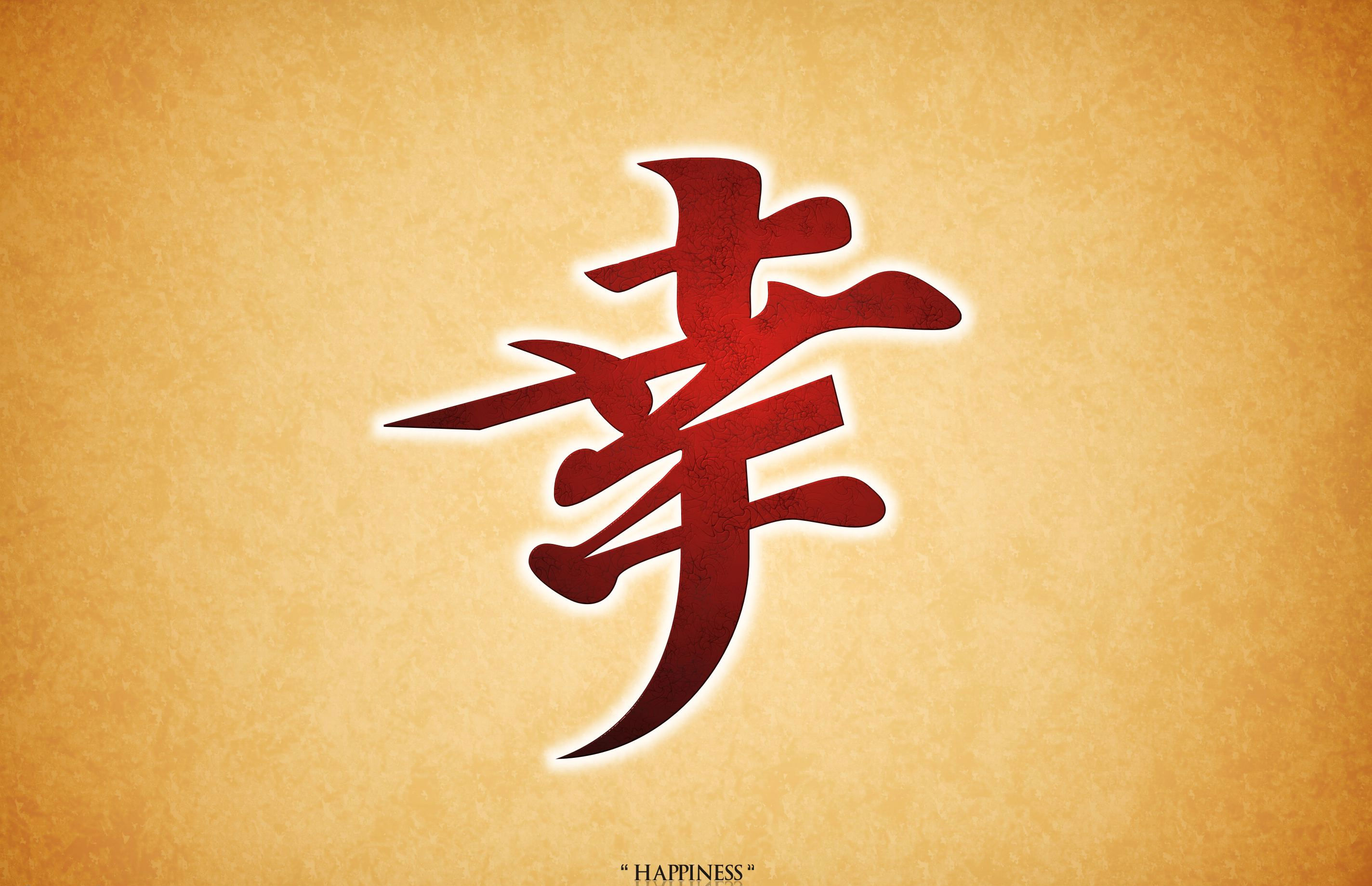
If we look at the modern kanji for Reiki (see below), much of this rich symbolism is lost. This is the spiritual essence of Reiki practice: the Reiki practitioner or teacher, through Reiki practice, balances her own mind and body (or spiritual and material aspects), just as the shaman does. Thus, the heaven energy combines with the earth energy in the heart of the shaman, allowing her to become fully balanced as a unity and realise her true nature. The shaman acts as an intermediary between heaven above and the earth below, where the energy-giving rice grows and provides mankind with sustenance and energy from the earth. In the kanji for rei, which on its own means spirit, soul, ghost, divine, sacred, the rain symbolises life-giving energy from heaven in the form of water, collected in the three containers or mouths where it can directly revitalise mind, body and spirit. Putting this symbolism together, we have a representation of the trinity found in many diverse spiritual traditions: Heaven, Earth and Man, known as Ten-Chi-Jin in Japan. 4 We see that there was originally a sense of ki being more like an invisible vapour or atmosphere that could be felt, or the breath of life, rather than being life force energy. 2 The character for ki was originally written as three wavy lines, which symbolised air or breath 3 – ki being something that could not be seen but could cause change and be felt. The kanji for ki (see below) consists of the radical, kome or rice, surrounded by a vapour or steam (also pronounced ki), representing the steam given off when rice is cooking in a pot.

Further, the two people shown are mirror images and may represent that it is necessary for the shaman to balance her dual human nature (spiritual and material) in order to perform the work of praying for rain. If we look at a still earlier version, for example in a seal script,* we can see that the work the two people are doing is praying or dancing. We can even break down the character wu further (see below), into the work ( gong) of two people ( ren written twice). If we look at the earlier, Chinese interpretation of this character, pronounced ling in Chinese, (see below) this is sometimes broken down into just two parts: drops of rain (also pronounced ling), in which the mouths are interpreted as large raindrops, 1 and a shaman, witch or sorcerer, pronounced wu in Chinese. Chinese roots of the Reiki kanjiĪs mentioned in Part 1 of this article, the Japanese kanji are actually derived from Chinese characters. Water is responsive, changes form, and flows easily around obstacles, but when necessary, water also has the capacity to slowly dissolve obstacles and carry them along.īelow the rain and containers, a shaman, usually a female ( miko), stands on the earth, arms outstretched and tassels hanging down. The symbolism of water is very significant spiritually in that it is endlessly adaptable.

In the kanji for rei (see below), we see the canopy of heaven from which four drops of rain ( ame) are falling into three containers or mouths ( kuchi). That brings us to the question, what does the original kanji for Reiki actually mean in regard to the practice of Usui Reiki Ryoho? Reiki kanji meaning Between that popular misrepresentation of Reiki and a meaning of the original Reiki kanji that carries connotations of spirits, ghosts and psychic phenomena, Reiki teachers in Japan have to be careful not to give potential students the wrong impression about Usui Reiki Ryoho. Japanese anime films and manga comics portray Reiki as a magical force or a sword of great power, even though the actual kanji used is different. Many Japanese people, especially the younger generations, have become aware of Reiki through popular entertainment. There is, however, some reluctance to use the original Reiki kanji in publicity material in Japan because, although the memory of Usui Reiki Ryoho all but disappeared after World War 2, an awareness of Reiki has resurfaced in an unusual way. Some of the more traditional Japanese styles of Reiki are now using the original kanji, or at least teaching about it. This is how Mikao Usui and Chujiro Hayashi would have written it.


If we look at Usui’s Memorial Stone (at right) or early Reiki certificates from the 1930s, we see the phrase Reiki Ryoho written in the original kanji characters. WRITING REIKI, PART 2: Understanding the Japanese Translation of Reiki In Part 2, he unlocks the deeper meaning of the term Reiki. Understanding the Japanese translation of Reiki helps us retrieve what has been lost in contemporary translations. In the first article of this Writing Reiki series, guest blogger Reiki master Colin Powell shared historical background on writing the Japanese language. Heart of Practice Reiki Retreat in Mexico.Reiki Self Care (First Degree / Level 1).


 0 kommentar(er)
0 kommentar(er)
